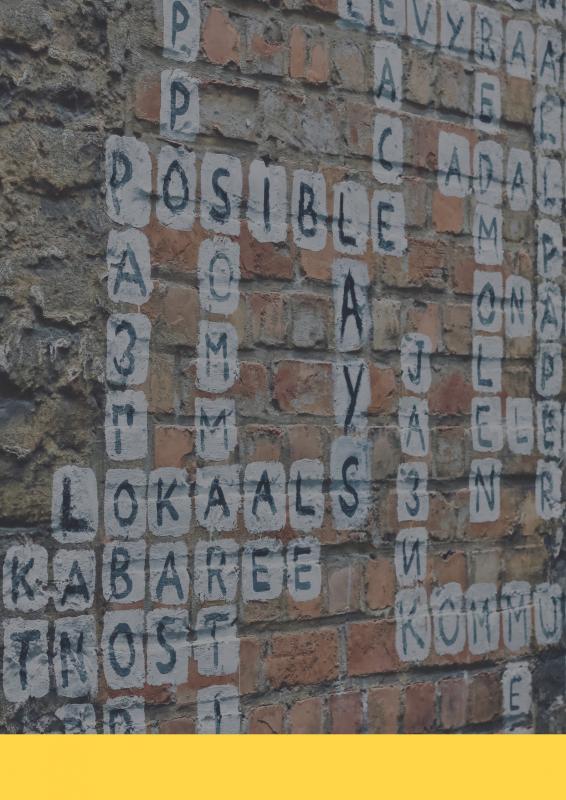
This course is a broad survey of the world’s languages, their genetic affiliations and current status. By getting acquainted with some of the linguistic properties of various languages and language families, the course aims to provide students with a non-technical overview of the major subfields of linguistics, including general linguistics, geo-linguistics (what languages are spoken where and by whom), and language typology (the ways in which languages are similar and different). One of the important topics the course will address is linguistic diversity – the various ways it can be assessed and how linguists talk about it, the serious threats to that diversity that exist, why this may be a matter of concern, and how to respond to that situation.
The course is meant to cater to different audiences. For students interested in linguistics, it provides an overview of a broad range of phenomena in a variety of languages, and gives them a solid base for studying various linguistic subdisciplines with a greater awareness of the distribution and importance of the linguistic phenomena studied. The course is also a good starting point for learning more about the growing field of language documentation, preservation, and revitalization. For all other students, who may not pursue further studies in linguistics, the course will offer a window into how various socio-cultural factors, government influence, other cultures, migration patterns, influence human language and what that means for the society in general. More importantly, by studying differences and similarities between the world’s languages and raising awareness of and sensitivity to linguistic diversity and linguistic issues, the students will gain a better understanding of global social and cultural issues, which may ultimately help them to more effectively communicate with members of other nations and cultures.
